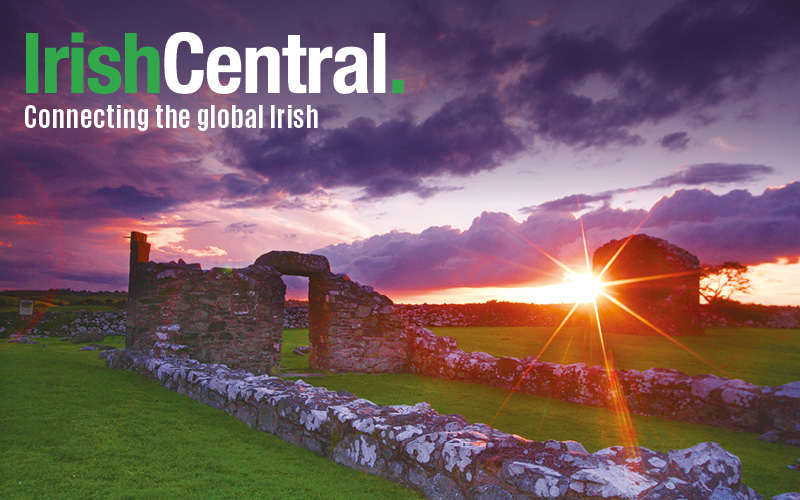As countless football players leave Ireland, GAA clubs around the country are struggling with the continuing effects of emigration. However, the national Irish sport is flourishing overseas, offering emigrants a strong connection to home.
Aoife Cahill and Aisling O’Laughlin got their football boots posted over to their new home in Warsaw in 2009 when they heard about a new GAA team.
“It made us feel at home. We found the camaraderie and the community we thought we had left behind, that we were told we wouldn’t find out here in Poland,” Cahill, who hadn’t played GAA since she was 14, told the Irish Times.
“I’m probably more Irish here than I ever was in Ireland, and the team has had a huge part to play in that.”
When the two roommates joined the club it had only four members, but that number has since grown to almost 30.
“Three years later, I am chairperson of a club for a sport I hadn’t played at home in years, in a country that has never heard of GAA, playing against teams from other European countries who are doing the exact same thing,” says Cahill. “It is a different community, a different camaraderie, but in a way, it is just like home.”
According to the Irish Times, GAA clubs across Europe, North America, Asia, Australia, and New Zealand are thriving as a result of the current wave of emigration.
Frances Harkin, who researched the Irish Diaspora in London for her PhD from Queen’s University in Belfast found that GAA clubs abroad are not only popular among players.
“Even those who don’t actively engage with the GAA as players will watch the matches in the local pub, attend functions such as dinner dances and fundraising events, and often wear GAA county jerseys while out and about in London,” she told the newspaper.
One of the biggest out of around 40 clubs in London, Tir Chonaill Gaels offers young people guidance before they even leave Ireland.
“A lot of these young people are leaving home for the first time, which can be a very daunting experience,” says club chairman Tom Mohan. “They can call us before they go to find out what paperwork they should bring, or send us their CV so we can help them to find employment through the network of companies we have worked with over the years.”
As a result of the influx of Irish to London, more than 30 new members have joined Tir Chonaill Gaels since the beginning of the year.
“The standard of the game in the UK has improved hugely, and it is only going to get stronger,” says Mohan. “We have four players at the moment who have played at county level in Ireland. With the amount of good-quality players coming over to London now, the clubs will soon be on par with any county team in Ireland.”
On the other side of the world, clubs in New Zealand and Australia are also recording increasing numbers.
Jamie Fitzsimons, club PRO for Michael Cusack’s club in Sydney noted that rising numbers of Irish are moving to Australia, and staying on longer than was the norm in the past.
“More and more are moving here long-term, obtaining sponsorship and permanent residency rather than backpacking through. At times there have been over 80 men’s footballers and hurlers attending training sessions, and growing numbers for ladies’ football and camogie too.”
A former Longford footballer player, Padraig Berry, signed up to the Michael Cusack club, the largest in in the city, on his first day in Sydney in 2010.
“I didn’t know what to expect when I arrived because I had never played football away from home before, but the standard is very good,” he says.
“It has improved this year even compared with last year, with the number of emigrants arriving over from Ireland. A lot of the players have played at county level in underage teams, and there’s a lot of talent here.”
“I still think about going home and going back to the team, but there’s nothing for me to go back to for now,” he says.
Berry added: “The GAA out here has helped to keep my mind off home.”




Comments